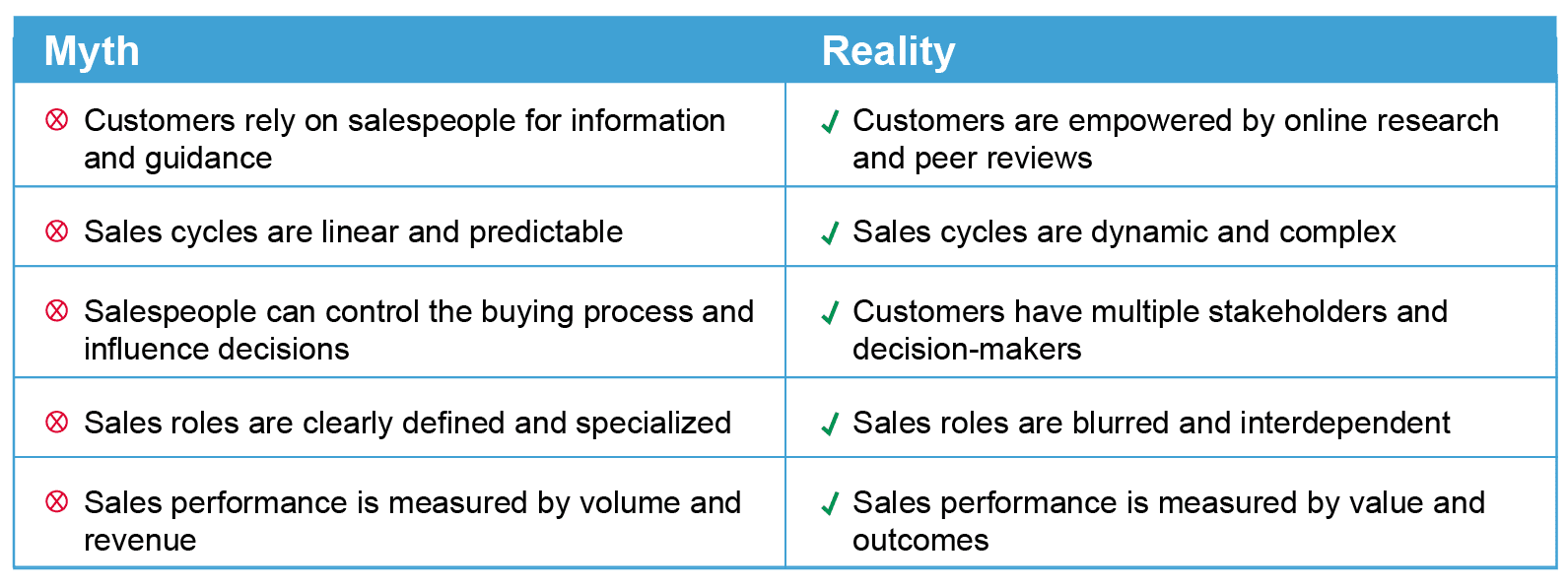Industry Transformation Leads to New Go-to-Market Imperatives


How are organizations rethinking the GTM model in an evolving sector?
The energy and utilities industry is at a critical juncture. As the sector navigates a transformational period focused on clean energy transition, new technologies and capabilities, new market entrants, and expanding customer options and expectations, changes to go-to-market (GTM) strategies are inevitable. Motivated energy providers won’t be left behind – they see this change as an opportunity to map out a future vision and mobilize marketing, sales and service teams to reach new heights. For some, greater investment in renewables, distributed energy resources or other clean energy technology is opening new conversations with customers. For others, identifying and helping organizations meet their decarbonization goals means activating a diversified energy portfolio to craft the right solution. Regardless of the offering or place in their energy strategy, customers need energy providers and utilities to understand their goals, offer guidance and partner with them throughout their journey.
Energy Transformation Taking Hold
The energy and utilities industry has been undergoing a massive transformation that is reshaping the way it operates and interacts with customers. Despite ever-changing regulatory guidelines, new and greater public investment in the clean energy economy has had a real impact. Residential customers are experiencing fewer barriers to tapping into renewable energy to power their homes and vehicles. Commercial and industrial customers are crafting an energy strategy that allows them to operate as a “prosumer” while still meeting their own decarbonization goals.
Customers, regulators, investors and society at large expect energy and utility companies to take bold actions to reduce their carbon footprint and contribute to a more sustainable future. This means making climate change commitments, investing in green initiatives and adapting to new buying behaviors. It also means finding new ways to create value from low-carbon or carbon-neutral solutions that meet customer demand and regulatory requirements. The challenge ultimately is defining the vision as an energy and utility organization – one that meets the needs of customers today while making the investments and developing the offerings that lead customers to where they want to be in the future.
Customer Choice Increasing Competition and Opportunity
According to a report by the International Energy Agency (IEA), global electricity demand is expected to reach pre-pandemic levels by the end of this year. Customers have more choices and options than ever before thanks to deregulation, energy diversification and new market entrants. Customers are asking providers for more energy offerings and options, a commitment to reducing environmental impact and an honest broker that can optimize their energy situation. Meanwhile, providers need to navigate a more complex ecosystem of offerings that includes renewables, distributed energy resources, demand response, microgrids, batteries and storage, and other products and services. Shifting customer expectations and a complex marketplace provide an opportunity for energy and utility companies to reposition their offerings and value. Energy and utility organizations leading the way know they need to harness the ability to understand customer needs, educate customers on their options, create their energy roadmap and deliver an exceptional customer experience.
New Go-to-Market (GTM) Mandates to Optimize Growth
To win and retain customers, energy and utility companies are refocusing their GTM efforts across three key areas: remapping customer journeys, changing and creating new roles and aligning sales compensation across teams.
As customers engage in a different way, energy and utility companies need to be proactive and gain a deeper understanding of customer needs, preferences and behaviors. This information allows providers to better target customers with the right messaging and offerings. How a provider engages with customers will involve internal partners across marketing, sales, operations, customer service and more – the challenge and key to a great customer experience is a clear, connected and well-executed customer journey.
Increasingly, the selling and service roles of the past are not meeting customer needs. Providers organized by product groups often operate in silos and miss the opportunity to communicate and develop a higher-value solution. Leading energy and utility companies are creating more consultative selling motions and positions capable of partnering with customers to develop a vision and roadmap utilizing the full scale of a diversified energy portfolio. Customer success roles are also important to ensure a high level of customer satisfaction and to work closely with account managers on where the provider can add value.
Crucial to any commercial organization is a well-functioning and aligned sales compensation program. As GTM strategy changes or new roles are created, management needs to determine who should receive sales compensation, how much and how the incentives will be earned. Misaligned incentives can create significant challenges with how customer-facing roles collaborate or the offerings they focus on, among many others. A thoughtful exercise to design compensation plans is key to enabling desired customer and product focus, promoting individual accountability and driving financial results. A lack of internal alignment and collaboration among the account managers and the sales team, as well as a lack of customer advocacy and satisfaction, can have detrimental effect on profitability and growth.
A commercial GTM model is the way you organize your sales and marketing resources, processes and capabilities to create and capture value for your customers. It defines who you target, how you reach them, what you offer them and how you reward your salespeople. A well-designed commercial model aligns with your customer needs, your value proposition and your business strategy.
However, many commercial models are outdated and ineffective. They are based on assumptions that no longer hold true. These assumptions are challenged by today’s realities.

How We Help
Alexander Group helps energy and utilities companies improve their sales effectiveness and compensation design. We have extensive experience and expertise in helping companies design and implement compensation plans that align with their business strategy and objectives. We can help transform your commercial model along six key dimensions:
- Prioritize customers and market segments: You need to segment your customers based on their needs, preferences, behaviors, and potential. You need to identify the most attractive and profitable segments and target them with tailored value propositions. You need to integrate your segmentation models into your CRM system and account plans to enable data-driven decision-making and prioritization.
- Redefine job models: You need to leverage the power of digital platforms to optimize and shorten your sales cycles. You need to revise your roles and responsibilities and workload models for your salespeople to reflect the new selling activities and skills required. You need to define the critical commercial activities that drive success across segments and products.
- Connect sales process and value messaging: You need to align your sales process with your customer journey and deliver value at every stage. You need to develop new value messaging that resonates with your customers’ pain points, goals and challenges. You need to refresh your sales playbooks and training to equip your salespeople with the tools and techniques to execute effectively. You need to reinforce your sales stages with clear criteria and metrics for pipeline management and progression.
- Leverage cross-selling and usage of specialists: You need to foster a culture of collaboration and teamwork among your salespeople to maximize cross-selling opportunities and customer satisfaction. You need to clarify the rules of engagement for team selling across segments and products. You need to align your incentive compensation plans with your product objectives, degree of influence and time allocations. You need to balance the use of specialists with generalists to provide the best solutions for your customers.
- Redesign commercial model enablement: You need to upgrade your revenue operations to support your commercial initiatives. You need to invest in the systems, processes, data, analytics and tools that enable your salespeople to perform efficiently and effectively. You need to prioritize and drive smart investments in programs based on ROI and requirements across segments. You need to partner with leadership, collect and report on success metrics for your new commercial model.
- Realign incentive compensation: You need to design incentive compensation plans that motivate and reward your salespeople for delivering value and outcomes for your customers. You need to develop new measures, weightings, and payout curves that align with your updated commercial model. You need to look across all commercial roles to ensure alignment of KPIs and behaviors. You need to manage the change with clear messaging and tools to help your salespeople understand their goals and earnings potential.
If you are interested in learning more about how Alexander Group can help you boost your sales performance and customer loyalty, please contact an Energy & Utilities practice lead today.


